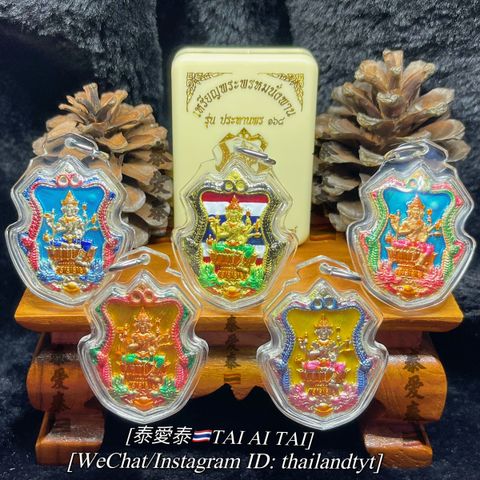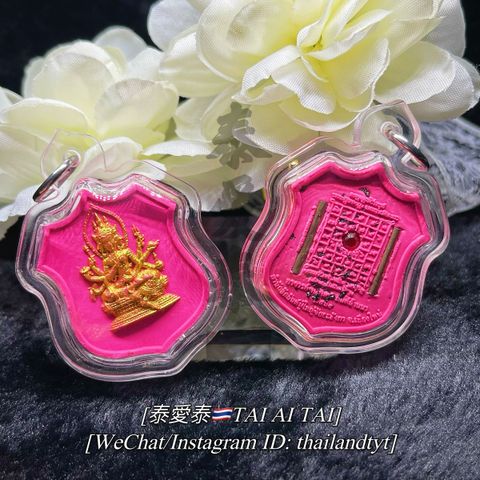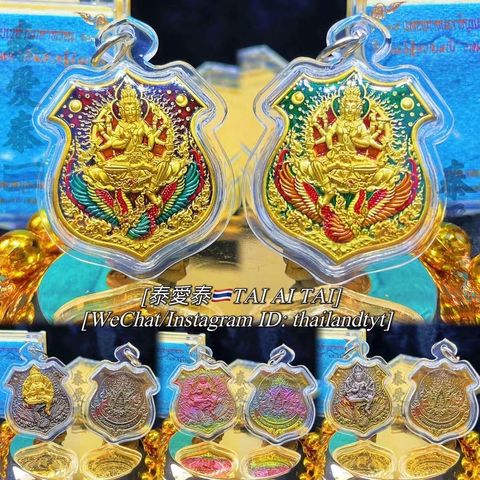
Phra Phrom, also known as the Four-Faced Buddha, is a revered deity in Thai and Southeast Asian Buddhism. This sacred figure is depicted with four faces, each bearing a unique expression that carries deep spiritual significance.
四面佛,又称婆罗门神,是泰国和东南亚佛教中备受尊敬的神灵。这个神圣的形象有着四个面孔,每一个都承载着深刻的精神意义。
Historically, Phra Phrom finds its roots in Hinduism, where it is associated with Brahma, the creator god. As Buddhism spread to Southeast Asia, Brahma's representation evolved into Phra Phrom, who holds a significant place in Thai culture.
从历史上看,四面佛起源于印度教,与梵天(Brahma)这位创世神有关。随着佛教传播到东南亚,梵天的象征演变成了四面佛,在泰国文化中占有重要地位。
The four faces of Phra Phrom symbolize various aspects of life and the human experience. The first face, facing forward, represents the omnipresence of the deity, overseeing all aspects of the world. The second face, looking to the right, signifies the past and the events that have shaped our lives. The third face, facing backward, represents the future, offering guidance and protection on the path ahead. The fourth face, looking to the left, symbolizes the present, encouraging mindfulness and focus on the current moment.
四面佛的四个面孔象征着生命和人类经验的各个方面。第一个面孔朝前,代表着神灵的无处不在,监视着世界的各个方面。第二个面孔向右,表示过去和塑造我们生活的事件。第三个面孔朝后,代表未来,在前进的道路上提供指导和保护。第四个面孔向左,象征着现在,鼓励人们保持正念,专注于当前的时刻。
Devotees often seek blessings and guidance from Phra Phrom for various aspects of their lives, including love, wealth, health, and success. The deity is believed to possess the power to bring balance and harmony to these aspects when worshipped with sincerity and devotion.
信徒们经常向四面佛祈求各个方面的祝福和指引,包括爱情、财富、健康和成功。人们相信,只要真诚而虔诚地崇拜,四面佛就能够在这些方面带来平衡和和谐。
In Thailand, the Erawan Shrine in Bangkok is one of the most famous locations dedicated to Phra Phrom. The shrine attracts countless visitors and worshippers who come to make offerings and seek blessings from the Four-Faced Buddha.
在泰国,曼谷的四面佛神庙是最著名的供奉地之一。这个神庙吸引着无数的游客和信徒,他们前来献上祭品,祈求四面佛的祝福。
















